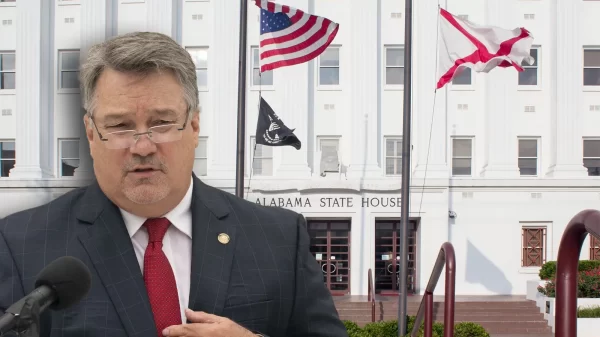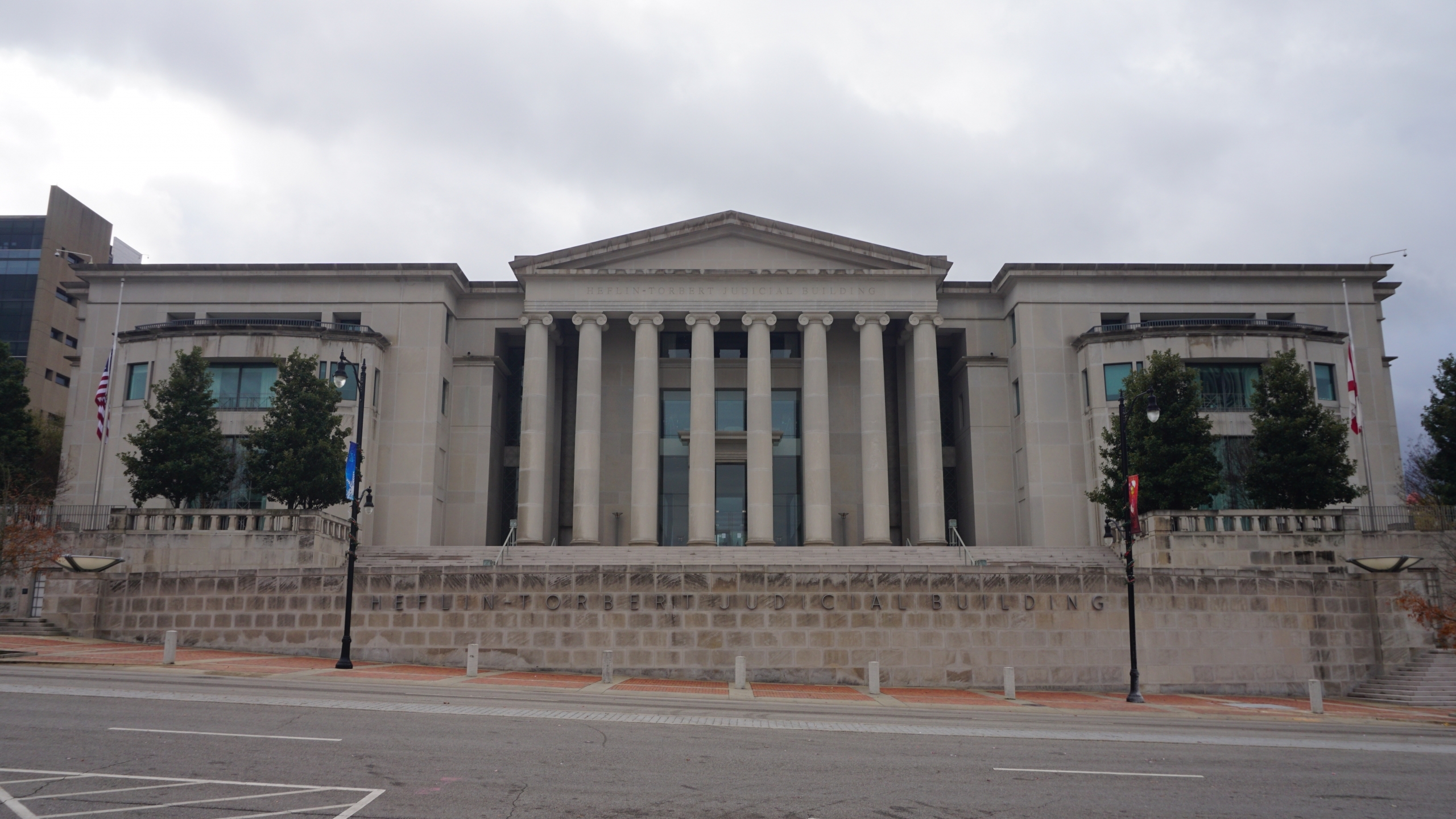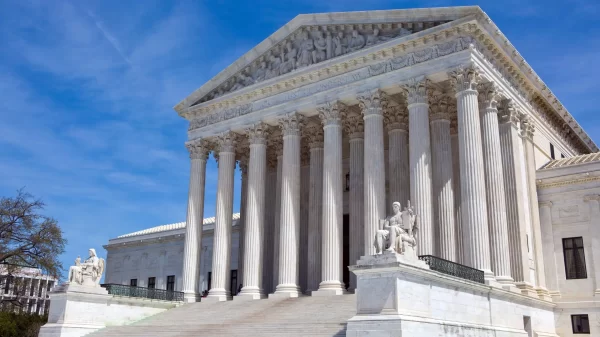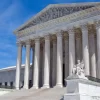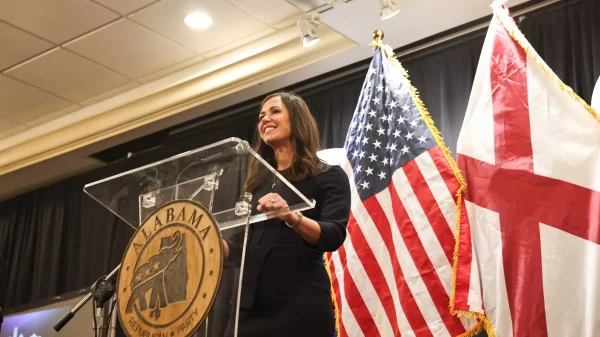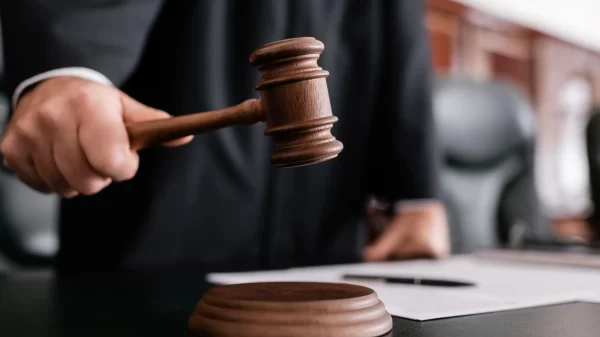Our 1901 Alabama Constitution replicates the United States Constitution in designing a triumvirate of government. The Executive, Legislative and Judicial branches are designed to have separate and essentially equal powers.
Although, ideally, the three branches should be exclusive, over the course of history in both our state and national governments the Executive and Legislative Branches have been intertwined in public policy matters and government seems to work more cohesively that way, especially when they are on congruent pages. On the federal level, our judicial arm of government sits on a separate island shrouded by a statue of the Blind Lady of Justice, and rightfully so. They are very independent and shielded from politics on the federal level. The U.S. Supreme Court is an omnipotent and private reserve of ultimate supreme power over public policy in America.
Our Alabama Supreme Court is separate and powerful, but is not shielded by politics. Our Supreme Court judges are elected. Most states appoint these positions. However, Alabamians have resisted any move to go from elected to appointed. Although most Alabamians could not name any of the members of the Supreme Court, they will fight to their death for their ability to go into a voting booth to elect them even though after they have done so they cannot remember who they just voted for or why.
However, despite having to elect our judiciary, Alabamians have done a good job of electing good, well qualified people to our appellate courts. We have nine members of the State Supreme Court, all elected for six-year terms in staggered election years. We also have a five-member Court of Civil Appeals and a five-member Court of Criminal Appeals. They are also elected for six-year terms in staggered years.
All nine seats on the State Supreme Court are held by Republicans and all 10 appellate judges are Republican. Therefore, winning the GOP Primary in the state Supreme Court races is tantamount to election in the Heart of Dixie. Seven of the nine Supreme Court Justices are men and two are female. All are very conservative and religious in their court decisions and in their personal lives.
As late as the 1990’s, our Supreme Court was Democratic laden like our legislature. However, unlike our legislators, who were mostly conservatives and probably Republicans running as Democrats in name only, these Alabama Democratic Supreme Court judges were pro plaintiff trial lawyers and anti-business. Many had been plaintiff lawyers prior to going on the court. Due to this overt bias and brazen liberal interpretation of laws and justice, we had become the laughingstock of the nation for fairytale justice that gave outrageous verdicts and judgments against every national corporation that did business in our state or even traversed through our borders. Therefore, our State Supreme Court became an eyesore for Alabama in recruiting any business or industry. Time Magazine did a feature publication entitled “Alabama Tort Hell.” Numerous business publications cautioned against not only opening plants in the state but to be leery of even passing through.
Alabama was in bad need of Tort Reform. Alabama’s corporate community, as well as the national business community, decided to change things and that began with changing our State Supreme Court from a Democratic plaintiff bastion to a Republican conservative tribunal; and they put their money where their mouth was. The business community brought in the legendary Karl Rove to orchestrate the takeover. He was successful.
As mentioned, we now have a very conservative Republican nine-member State Supreme Court panel. As Rove was leaving, he imparted this nugget of advice for future races. His polling indicated that voters in Alabama prefer a Republican female candidate for a judgeship. Indeed, it is a proven fact in an Alabama appellate court race, if you place two candidates on a ballot in Alabama and neither does anything or spends any money, Jane Doe will defeat John Doe 54-46.
Next week we will give you a rundown on who are the members who sit on our State Supreme Court.
See you next week.














